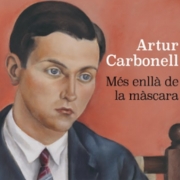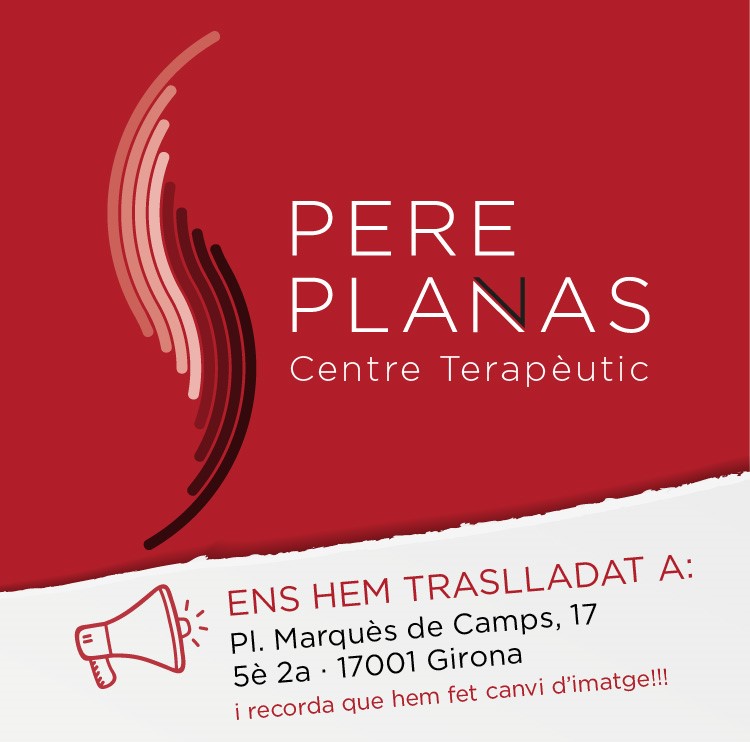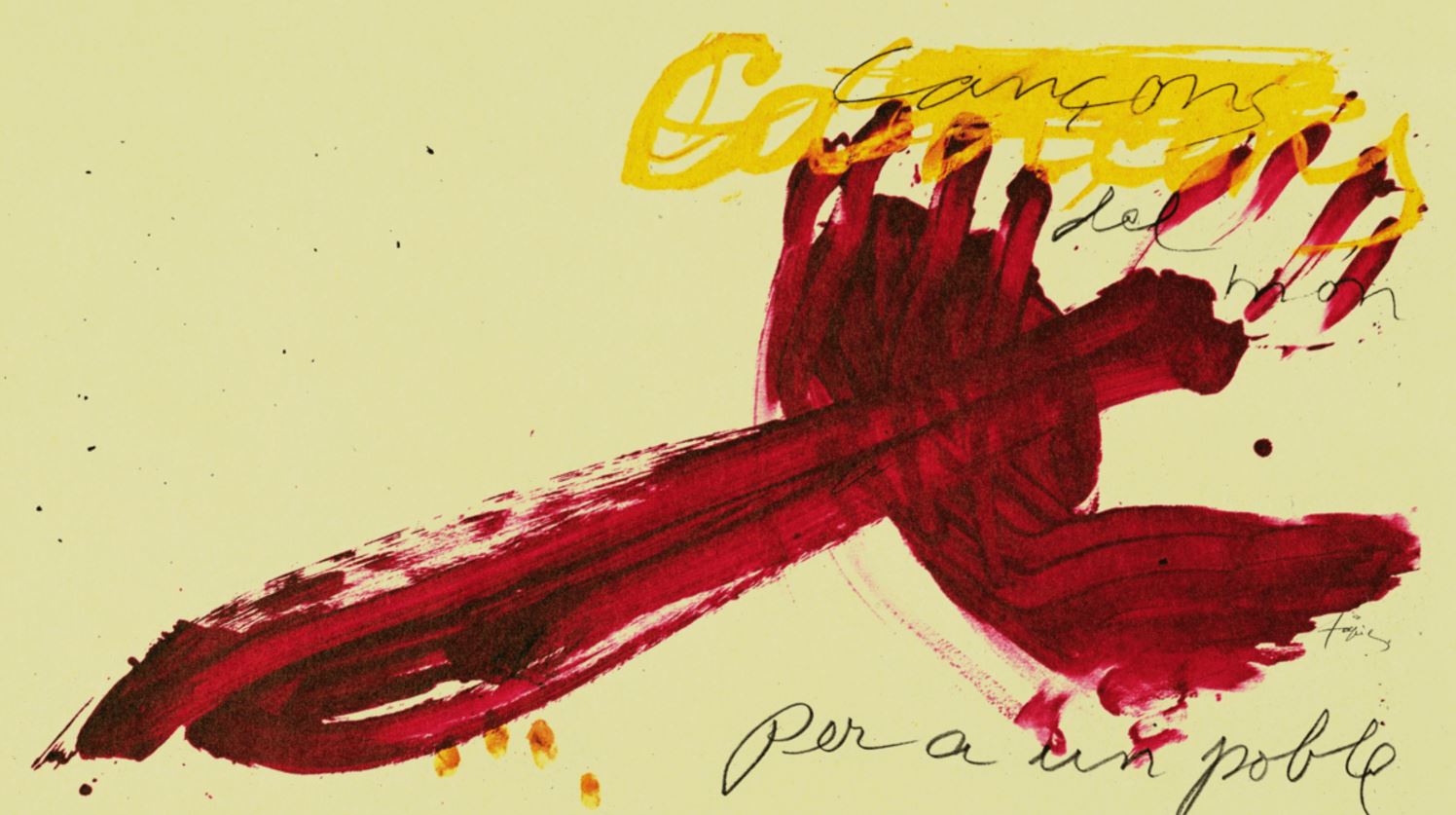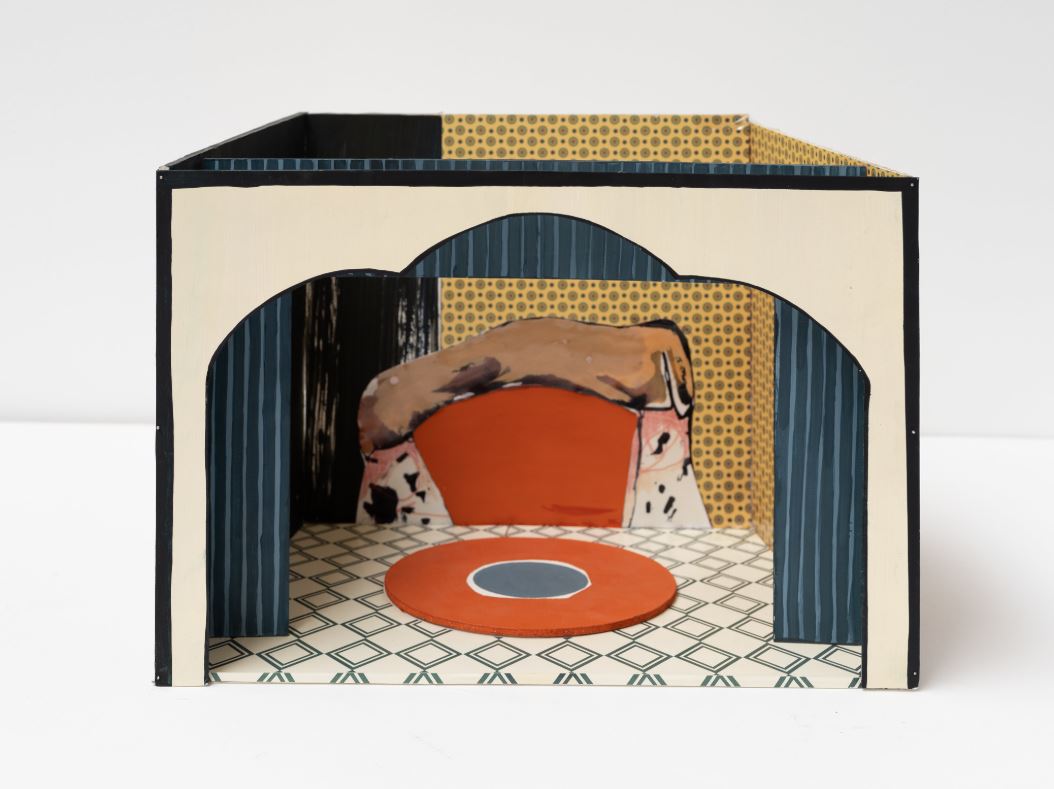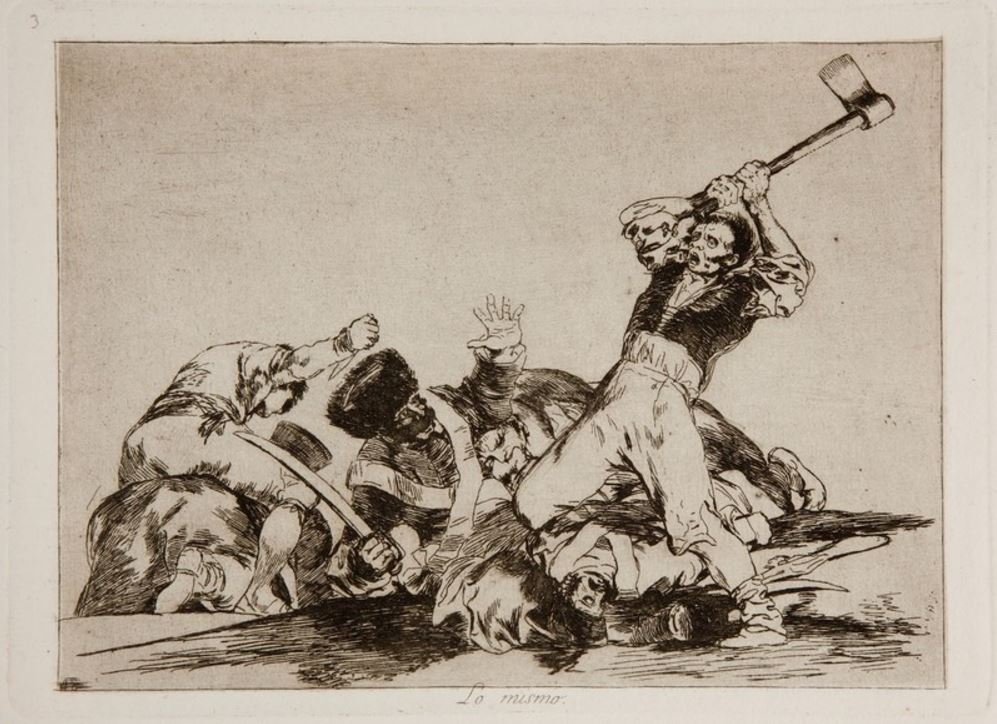News
Diversity and inclusion at the center of the Catalan cultural future
With the aim of reaching 2% of the budget, the Department of Culture seeks to consolidate culture as a social and accessible engine.
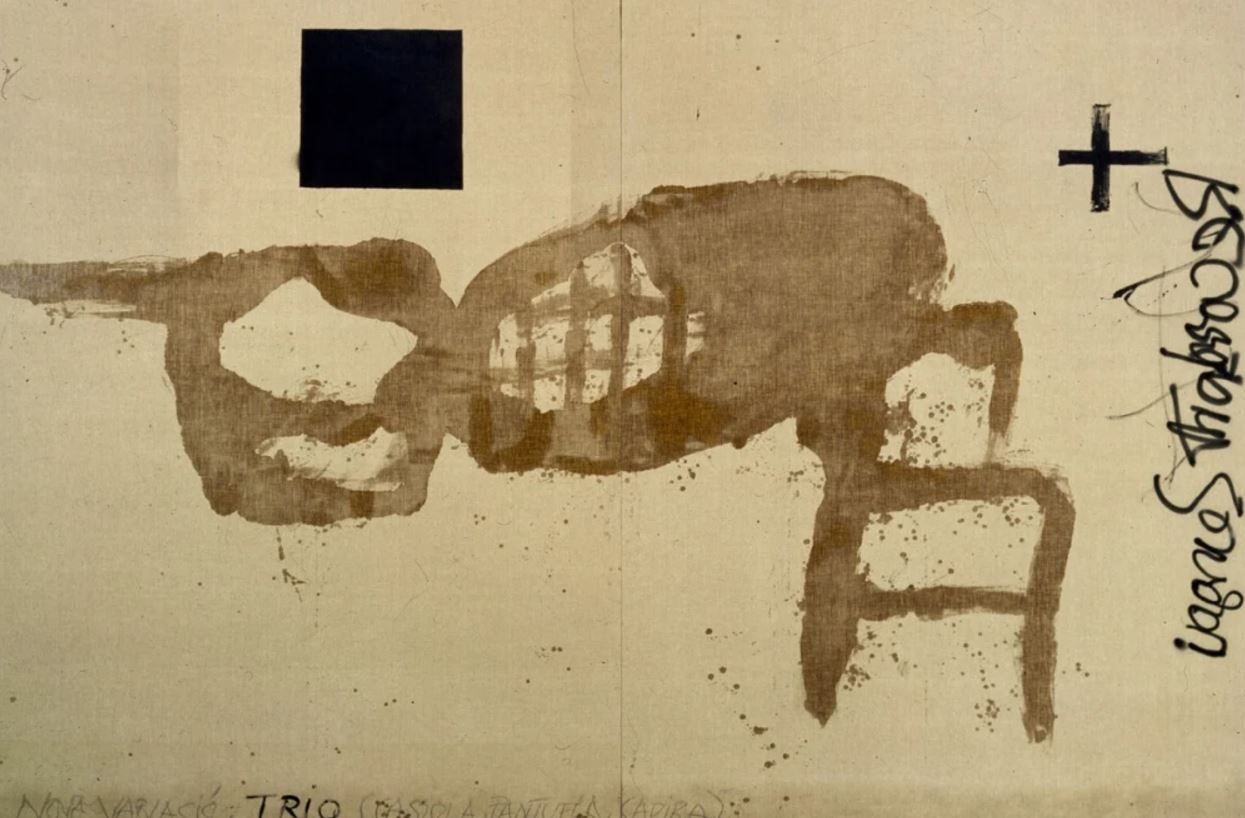
Considering culture as one of the essential pillars of a society and as a compass that guides its future, the Minister of Culture, Sònia Hernández Almodóvar , presented last November 29 an ambitious roadmap, articulated in five main axes, which places Catalan culture at the center of citizen life. The challenge is huge: to guarantee a strong, dynamic and, above all, accessible culture for everyone. At a key moment for the sector, with record numbers of attendance and production, the real challenge is to make this cultural vitality translate into universal participation and social cohesion, betting on a vision of the future that projects Catalan culture to the world.
Cultural rights, at the center
This central axis seeks to overcome the barriers – physical, economic, generational or cognitive – that still hinder universal access to culture. The territorial deployment of the Program for the presence of Arts and Culture in Education aims to integrate the arts into the educational system, promoting comprehensive and inclusive training. In addition, the creation of a specific program for people with low incomes and the figure of cultural mediators are key initiatives to democratize access to cultural facilities.
A strong and well-structured cultural system
The consolidation of a backbone cultural system not only responds to the need for a robust infrastructure, but also to the urgency of cohesiveness of the territory. With the new Cultural Facilities and Services Plan of Catalonia 2025-2035, it seeks to redefine the role of local cultural facilities as spaces of proximity and citizen participation. This approach aims to decentralize culture and guarantee territorial balance. In addition, initiatives such as the Network of local cultural facilities and the creation of a new line of support for the construction and reform of local cultural facilities point to a more inclusive and accessible model.
Impulse to artistic creation
Recognizing and promoting artistic creation is fundamental and in this area, the Department is committed to the creation of a network of artistic residencies that promote local and international exchange. Likewise, more resources will be allocated to scholarships and plans to promote the performing, visual and musical arts will be updated, starting for example the Roots Music Promotion Program, which seeks to preserve and revalue the sector, making it reach more audiences and exhibition spaces.
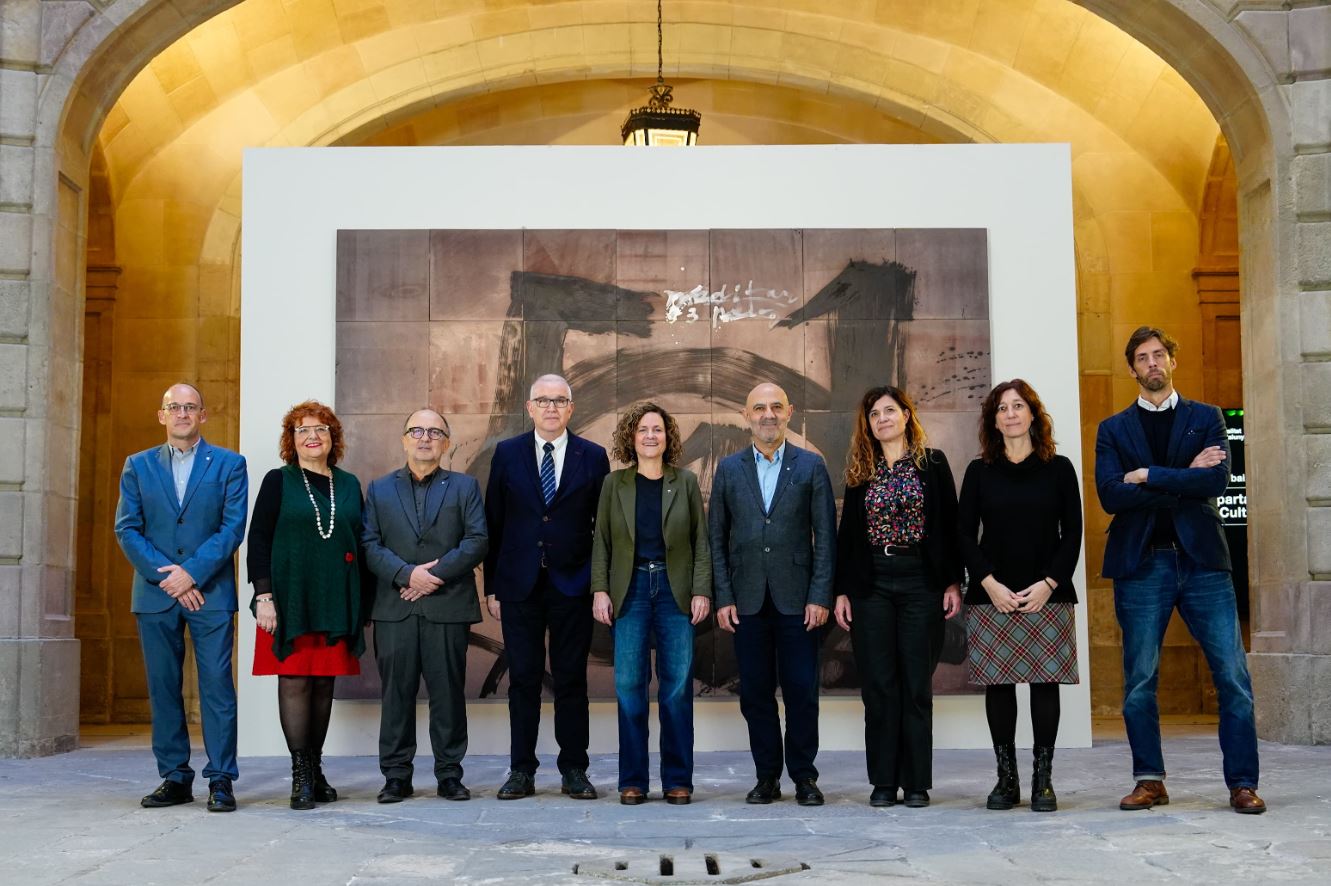
Heritage, element of collective identification
Heritage is not just a legacy of the past, but a necessary resource for social, territorial and economic development. With this vision, the Strategic Plan for Catalan Heritage 2030 will be rolled out and progress will be made in the expansion of the National Art Museum of Catalonia (MNAC) in Montjuïc, reaffirming its role as a great museum of the 21st century. Innovative projects such as The Eyes of History, which uses virtual reality to make collective memory accessible through immersive experiences, will also be continued.
A strong digital and audiovisual culture to be in the world
In an increasingly digitized world, the Department of Culture wants to position Catalonia as a point of reference in the digital and audiovisual field. Initiatives such as the Catalunya Media City project, which includes the works to transform the Turbines de les Tres Xemeneies del Besòs building into a center dedicated to university spaces, research and professionals in the digital and audiovisual sector, are outstanding examples. So is the expansion of the Catalonia Audiovisual Park in Terrassa. Added to this is the reinforcement of the creation of audiovisual content in Catalan and the impetus of the 2026 Digital Culture Plan, which mark a clear commitment to expansion and innovation in this field.
The National Pact for Culture: a transversal and inclusive vision
The great challenge posed by Minister Hernández Almodóvar is the creation of a National Pact for Culture. This tool aims to be a country agreement, which mobilizes social and political consensus, to guarantee cultural rights and comply with legislation throughout the territory. To make this possible, the Department sets itself the goal of reaching 2% of the budget allocated to culture. This figure, beyond being a budget target, represents a strategic bet to turn culture into a transforming engine of society.


